Are you searching for the best money making agriculture business ideas in Kenya today? Whether you’re a farmer, trader, processor, or service provider, there are numerous ways to make money in the agribusiness and food industry.
This blog post will give you a list of the most profitable farming in Kenya you can start in 2025. Each with a breakdown of investment requirements, profitability, and key success factors. Besides, there are other options such as input supply, food processing and tree planting.
Why Invest in Agribusiness?
Agriculture is the backbone of Kenya’s economy, contributing over 30% to the GDP. The rising demand for food, both locally and internationally, makes agribusiness a recession-proof sector. Here are some compelling reasons to invest in agribusiness:
- High demand – The growing population ensures a steady market for agricultural products.
- Diverse opportunities – You can invest in farming, processing, trading, or service provision.
- Sustainability – With innovations like organic farming and agritech, the sector is becoming more efficient and profitable.
- Government and NGO support – Many programs support agribusiness through funding, training, and market access.
These top ideas are as shown
Table of Content- Jump to Section
1. Profitable Farming in Kenya
According to research, the most profitable farming ideas in Kenya are chicken, pig, sheep, vegetable and tree farming. Below you will learn more about each including costs, success tips and profit potentials;
Potato Farming
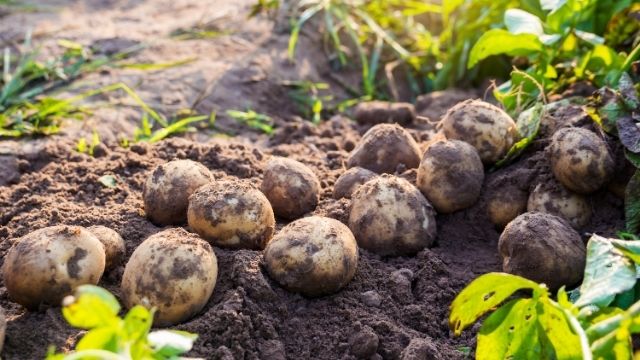
Potato farming is a vital agricultural activity in Kenya, particularly in highland counties like Nyandarua and Bomet where the climate is favorable. The costs associated with potato farming typically involve purchasing certified seed, fertilizers, pesticides, labor, and irrigation systems. Farmers can expect to invest between Ksh 50,000 to Ksh 200,000 per acre. With good management practices, an acre can yield between 15 to 20 tons of potatoes, generating substantial revenue.
To get more yields per acre and profits, Use certified disease-free potato seeds, manage pests and diseases effectively, and optimize soil fertility.
Managu Farming
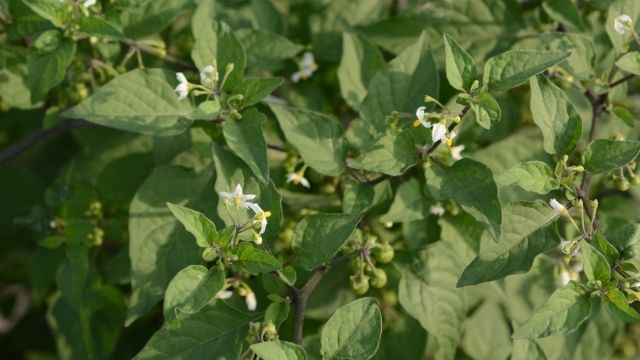
Managu (African Nightshade) kienyeji vegetable is increasingly popular in Kenyan kitchens. Starting a managu farm requires a modest investment for seeds, land preparation, and labor—typically between Ksh 5,000 to Ksh 20,000 for a small plot. Given its short growing cycle and continuous harvesting potential, it can provide steady income.
To succeed in managu farming in Kenya, ensure consistent production by selecting improved varieties, managing pests effectively, and providing regular irrigation.
Spinach Farming
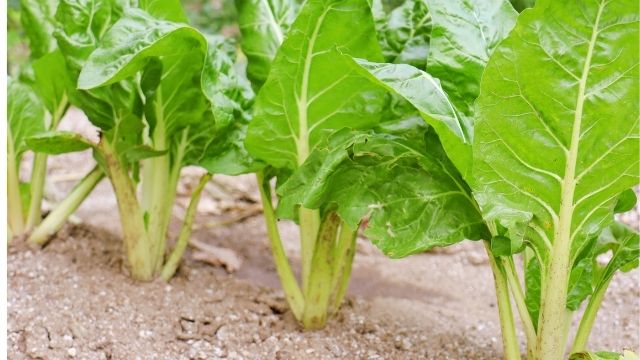
Spinach farming in Kenya Spinach is highly valued for its nutritional benefits and has a growing market in urban areas. The costs involved include seed purchases, land preparation, fertilizers (if needed), and labor—amounting to about Ksh 5,000 to Ksh 20,000 for a small plot. Spinach has a quick turnaround time of about four to six weeks from planting to harvest.
The costs of spinach farming are relatively low. They include seed, land preparation, fertilizer (optional), and labor. A small plot can be started with as little as Ksh 5,000 to Ksh 20,000.
Spinach has a short growing cycle of about 4 6 weeks. Profitability depends on yield, market prices, and demand. Regular harvesting and consistent supply can lead to steady income.
To succeed in spinach farming grow the heat tolerant-spinach varieties, ensure consistent watering while controlling pests effectively.
Tomato Farming
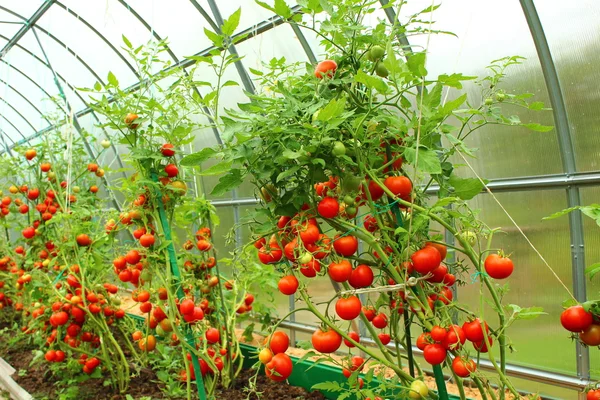
Tomato farming in Kenya is a profitable farming idea due to its high demand both locally and for processing industries. Initial investments for greenhouse tomato farming can be substantial. They usually range from Ksh 100,000 to Ksh 300,000 or more per acre.
On the other hand, tomato can make you a millionaire in first season if managed well. Yields can range from 20 to 40 tons per acre or more, depending on variety and management practices. Revenue can range from Ksh 400,000 to Ksh 1,200,000 or more, depending on market prices.
Choose high yielding tomato varieties, plant high-quality seedlings, and effective pest management strategies while ensuring proper soil fertility to get more yields
Beetroot Farming
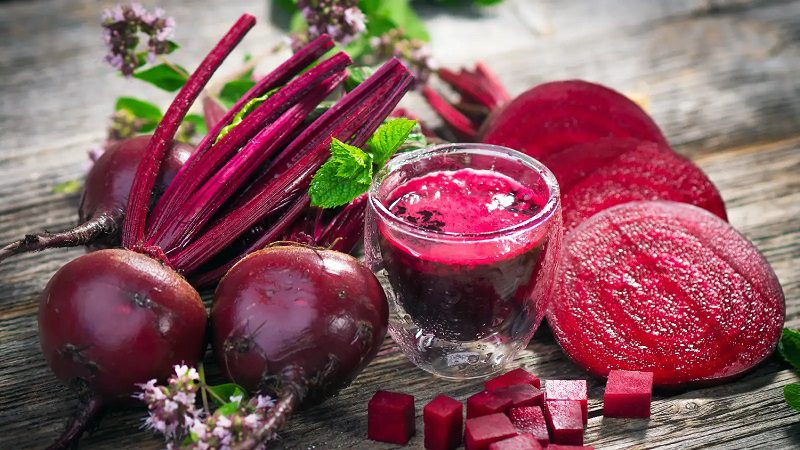
Beetroot farming in Kenya is gaining traction due to its nutritional value and versatility in cooking. The initial costs involve seeds (which are relatively inexpensive), land preparation expenses (Ksh 5,000 – Ksh 20,000), fertilizers (if necessary), and labor costs.
Ensure optimal growth by providing well-drained soil conditions while controlling common pests effectively during the growing period.
Garlic Farming

Garlic farming in Kenya has seen increased interest among farmers due largely because of its culinary uses alongside medicinal properties attributed towards this versatile crop; starting a garlic fam will cost around fifty thousand shillings per acre covering all necessary inputs including seedlings/fertilizers/labor needed during cultivation periods leading up towards harvest time!
Achieve high yields by sourcing quality garlic varieties, ensuring well-drained soil conditions maintained throughout growing season allowing optimal bulb development leading up towards harvest time!
Kale Farming
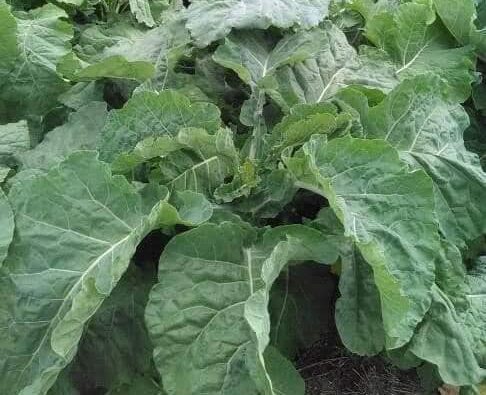
Kale (Sukuma Wiki) farming is a popular vegetable crop in Kenya, providing a staple food source and income for many farmers.
Investment costs for growing sukuma wiki are relatively low. They include seed, land preparation, fertilizer (optional), and labor.Kale has a relatively short growing cycle and can be harvested multiple times per year. Your profits depend on yield, market prices, and demand.
Ensure continuous production through selecting disease-resistant kale varieties while maintaining fertile soil conditions throughout cultivation phases leading up towards harvest time!
Sweet Potato Farming
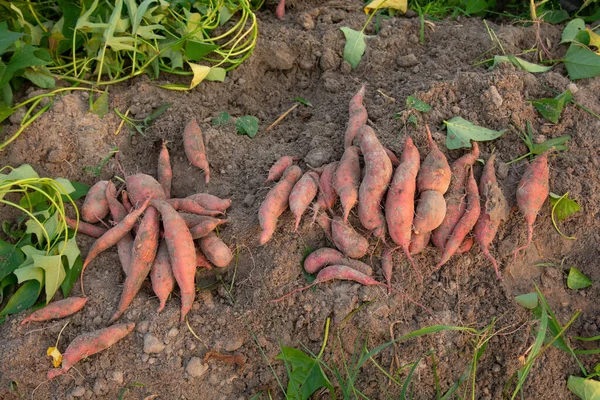
Sweet potato farming offers promising returns given its nutritional benefits; initial costs are relatively low compared with other crops requiring only basic inputs such as cuttings (vines) along with minimal land preparation efforts required before planting takes place making it accessible even for smallholder farmers looking at diversifying their income streams!
Maximize yield potential by utilizing disease-free cuttings, growing top sweetpotato varieties sourced from reputable suppliers ensuring optimal planting techniques employed throughout cultivation phases leading up towards harvest time!
Selecting , ensuring well-drained soil, and proper planting techniques are important.
Cotton Farming
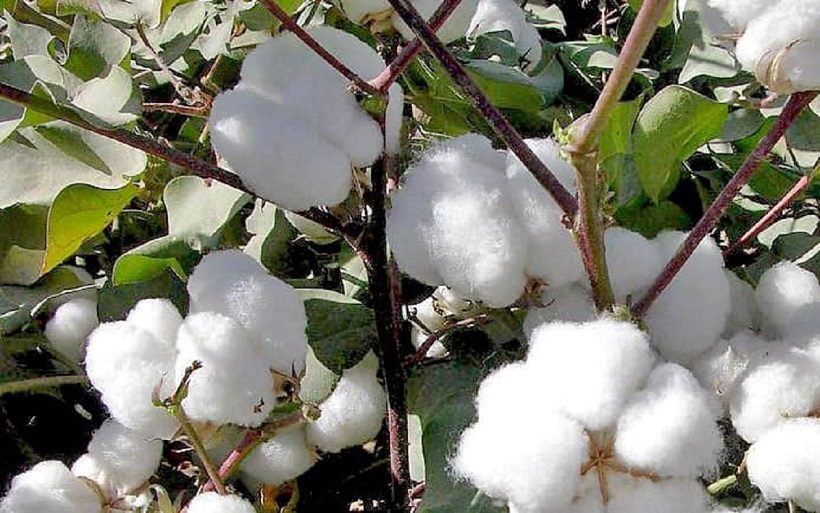
Cotton farming is the most profitable cash crop in arid and semi-arid regions of Kenya where other crops may struggle.
The investment includes costs for certified seeds, land preparation, fertilizers (optional), pesticides, labor expenses—typically between Ksh 20,000 to Ksh 50,000 per acre. Cotton’s profitability hinges on effective management practices that maximize yield.
Plant early in the rainy season while controlling pests effectively through integrated pest management strategies.
Avocado Farming
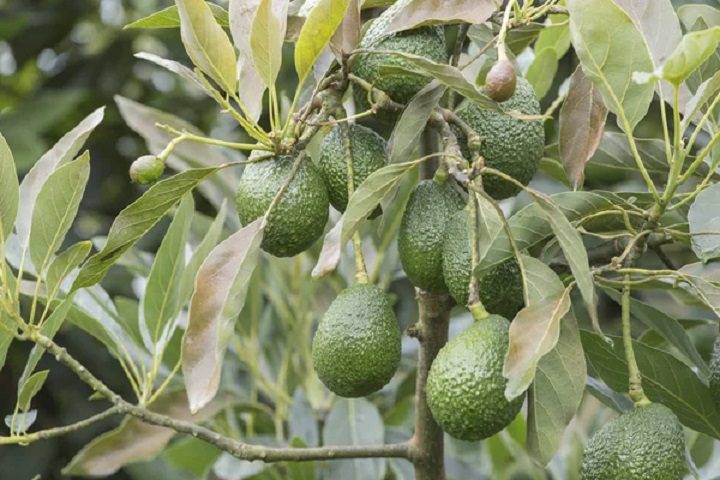
Avocado farming has become increasingly profitable due to rising international demand for avocados as a health food option. Establishing an avocado orchard requires considerable initial investment—often between Ksh 150K – Ksh 400K per acre—for seedlings alone along with ongoing maintenance costs of 3-4 years until trees mature enough for harvests.
Select appropriate avocado varieties like the Hass or Fuerte suited for export markets while ensuring proper irrigation systems are in place during dry spells.
Maize Farming
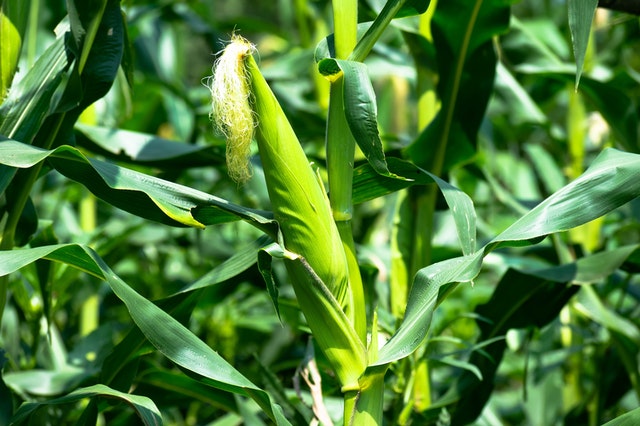
Maize is a staple food crop in Kenya with significant market demand. Costs related to maize farming in Kenya include seed purchases (generally uniform prices), land preparation expenses (averaging around KES 3-4K per acre), fertilizer applications (which may account for up to half of variable costs), pesticides for pest control—and overall average production costs per acre range from about KES 25K upwards depending on scale.
Maximize yields through hybrid seeds while implementing effective pest control strategies during critical growth periods.
Broiler Farming
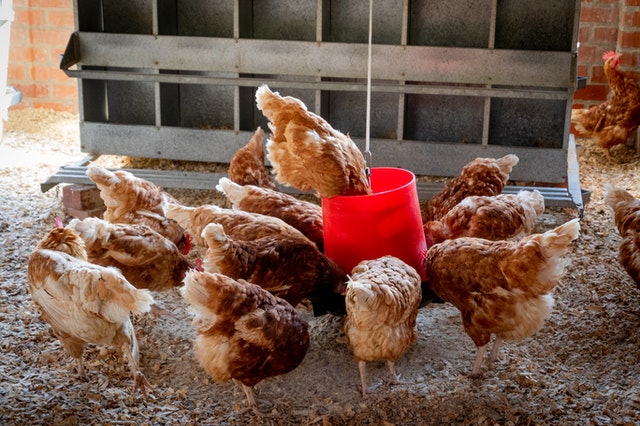
Broiler farming is a rapidly growing sector due to the high demand for chicken meat. Broilers typically reach market weight in 6-8 weeks. The expenses of chicken meat farming include chick purchase, feed, housing, vaccination, and labor costs, which can range from Ksh 50,000 to Ksh 150,000 for a small-scale operation with around 500 chicks. A well-managed broiler farm can yield profits of Ksh 30 to Ksh 50 per bird.
For rapid growth and minimize losses rear high-quality broiler breeds, proper biosecurity measures, and balanced nutrition.
Layers Farming
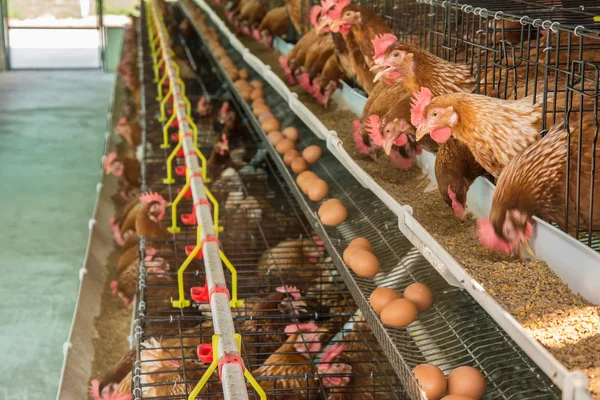
Layers farming in Kenya focuses on raising hens or quails for egg production.
The costs of poultry layers farming include chick purchases (pullets), housing construction expenses, feed costs (which are significant), vaccination programs—all amounting to around Ksh 20,000 to Ksh 100,000 for small-scale operations with up to 500 chicks. A well-managed layers farm can generate substantial monthly income from egg sales.
To sell more eggs, maximize egg production through quality pullets and balanced feed while maintaining strict biosecurity measures
Pig Farming
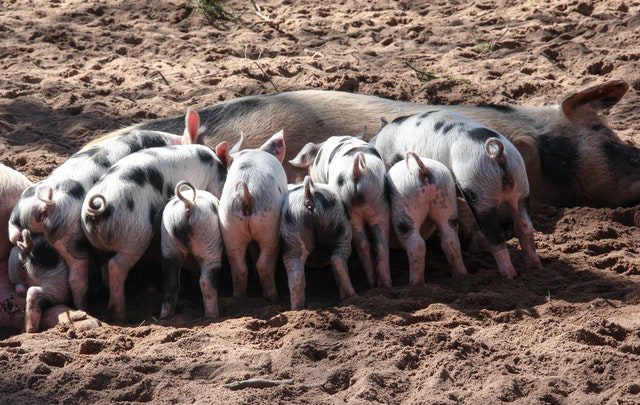
Pig farming in Kenya is becoming more profitable as the demand for pork rises. Costs include piglet purchase, housing construction, feed expenses, veterinary care, and labor. A small-scale pig farm may require an investment of Ksh 50,000 to Ksh 200,000. With proper management practices in place, farmers can see significant returns on their investment.
To make bigger profits, improve their growth through quality breeds and proper housing while maintaining strict biosecurity measures.
Sheep Farming
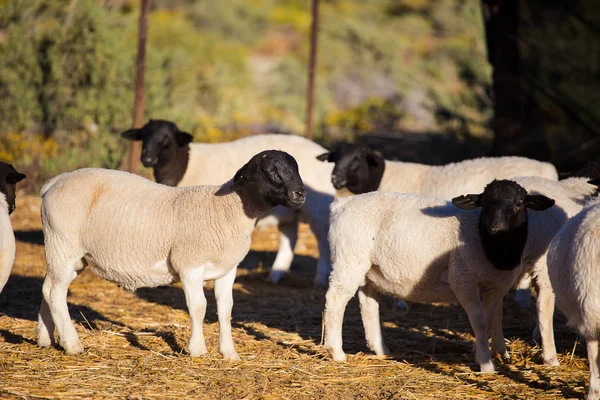
Sheep farming is the most viable livestock farming in Kenya, especially in arid and semi-arid areas.
Sheep farming costs include sheep purchase prices along with housing construction and feed expenses—generally amounting to Ksh 30,000 to Ksh 100,000 for a small-scale operation. Sheep can be raised for meat or wool production
Optimize productivity by selecting breeds sheep breed like Merino and Dorper, suited to local conditions while implementing rotational grazing practices.
Goat Farming
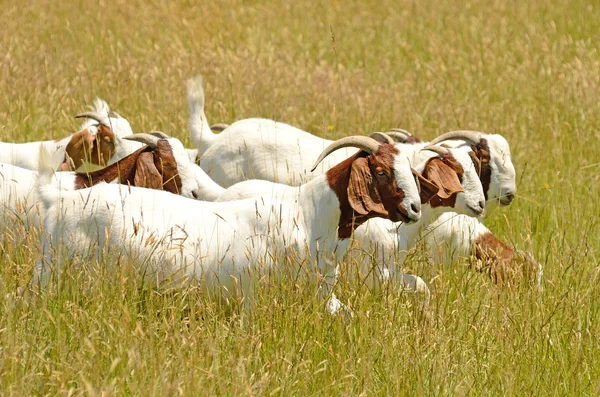
Sheep and goat farming in Kenya, presents opportunities particularly suited for arid regions where they thrive better than other livestock types like cattle or sheep do under similar conditions; initial investments range from approximately Ksh 20,000 upwards depending on breed selection alongside housing construction needs plus ongoing feeding requirements throughout their lifespan which could add up quickly if not managed properly!
Goats can be raised for meat, milk, and fiber. Profitability depends on market prices, feed costs, and management practices. Well-managed goat farming can provide a good return on investment.
Choosing the right goat breeds like Saanen for your environment and market, providing proper nutrition and healthcare, and implementing effective breeding and management practices are important for success.
Beef Farming
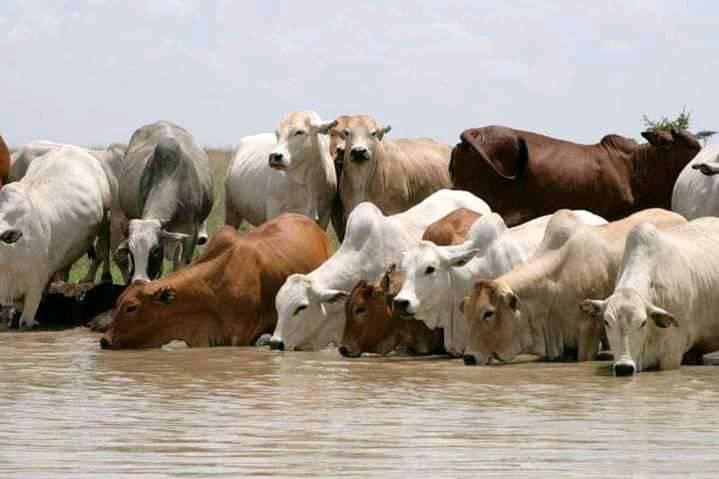
Beef farming in Kenya plays an essential role within agricylture sector providing meat products consumed domestically; initial investments vary widely based upon breed selection but generally require significant capital outlay including pasture management techniques employed alongside veterinary care services required regularly throughout cattle’s lives which can add up quickly!
Maximize growth rates through careful breed selection tailored towards specific market demands while ensuring sufficient pasture availability year-round
Maize Milling
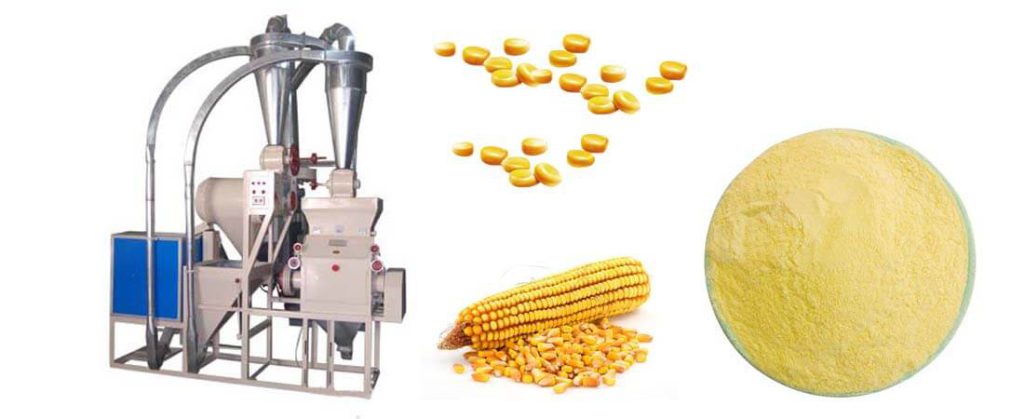
Maize milling is a critical agribusiness in Kenya, given ugali and uji role as a staple food. Setting up a maize milling business in Kenya involves several costs, including purchasing milling equipment. The cost of starting a maize milling business for 5-30 tons per day may range from Ksh 150,000 to Ksh 50,000,000 or more, depending on the scale of the operation.
TO be a successful grain miller, Source high-quality maize, maintain efficient milling processes (cleaning, dehulling, grinding, and packaging), and adapt to market demands for sifted or pure white maize flour.
Food Business/Kibanda
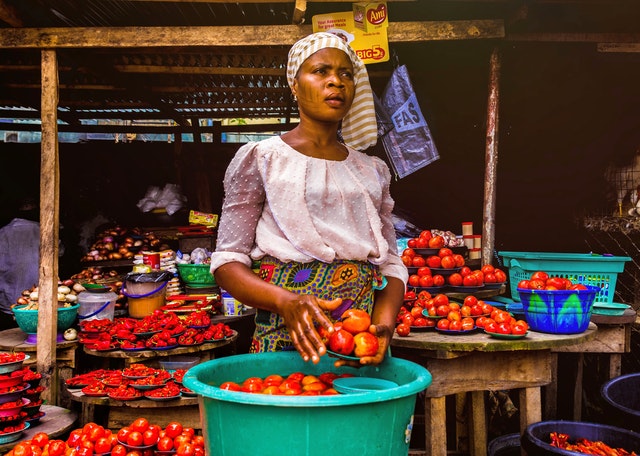
A food business, such as operating a kibanda (small food stall), is a popular way to generate income. Costs involve renting space, purchasing cooking equipment, and buying ingredients. Success depends on offering affordable, tasty food and maintaining hygiene standards.
Provide a diverse menu, maintain high hygiene standards, offer competitive prices, and build a loyal customer base.
Cereal Business
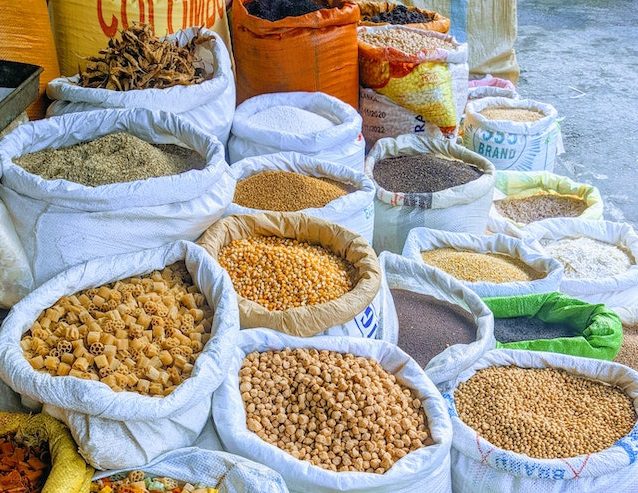
A cereal business involves buying, processing, and selling grains such as maize, wheat, or rice. Costs include purchasing grains, milling or processing equipment, packaging materials, and distribution expenses. Profitability depends on efficient sourcing, processing, and marketing.
Source high-quality cereals, implement efficient processing techniques, and develop a strong distribution network to reach consumers.
Input Supplier
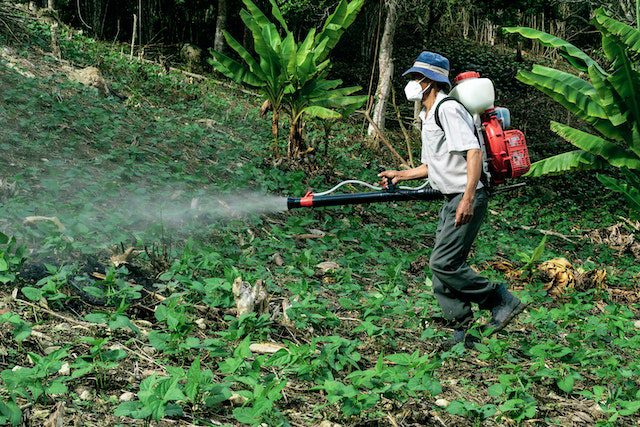
An input supplier business provides farmers with essential inputs such as seeds, fertilizers, and pesticides. Costs include purchasing inventory, renting storage space, and marketing expenses. Success depends on offering quality products at competitive prices and providing reliable service. Besides consider services such as fumigation or spraying services.
Establish strong relationships with farmers, offer a wide range of quality products, provide technical advice, and ensure timely delivery of inputs.
Tree Growing

Tree farming ing, particularly for ornamental trees like Thika Palm or Poinciana, Timber trees like Eucalyptus, cypress, and grevillea. or fruit ones like Mango, avocado or macadamia can be a long-term investment.
Initial costs include purchasing seedlings, land preparation, planting, and ongoing maintenance such as watering and pest control. Profitability depends on the type of trees grown, market demand, and sustainable harvesting practices.
Select tree species appropriate for the local climate and soil, practice proper planting and maintenance techniques, and ensure access to markets for timber or fruit.
Agriculture and Food industry trends to watch in 2025
What does the future store for the farming, food, and beverages industry? Understanding these trends will help you to make the right investment decisions. They include major happenings expected this year as well as the emerging issues in the recent past. The 4 trends in agriculture to watch in Kenya are;
- Agri-tech solutions – Smart farming, precision agriculture, and farm automation.
- Organic farming – Increased demand for chemical-free produce.
- Climate-smart agriculture – Drought-resistant crops, water-efficient irrigation.
- Alternative proteins – Insect farming, plant-based meat substitutes.
Did you Like the Post? Let us know below
Agcenture.com is your best agriculture, food & health blog.
Thank you for following us on Facebook, Twitter (X), LinkedIn, YouTube, and WhatsApp @ Agcenture for the latest updates.

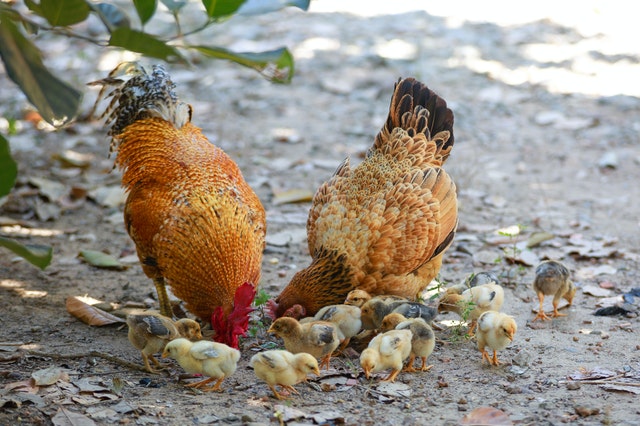
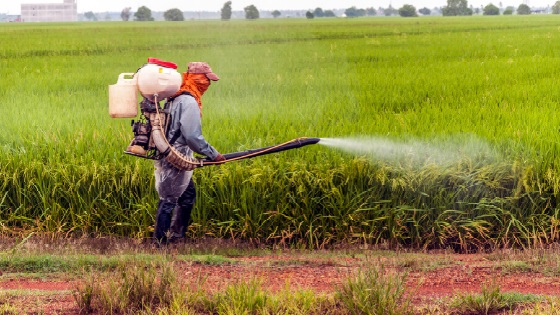
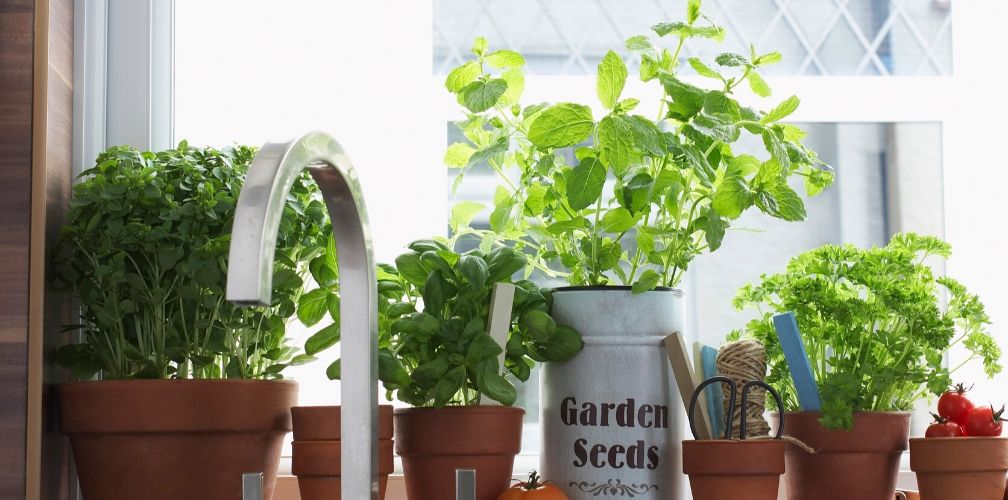
Very educative article.